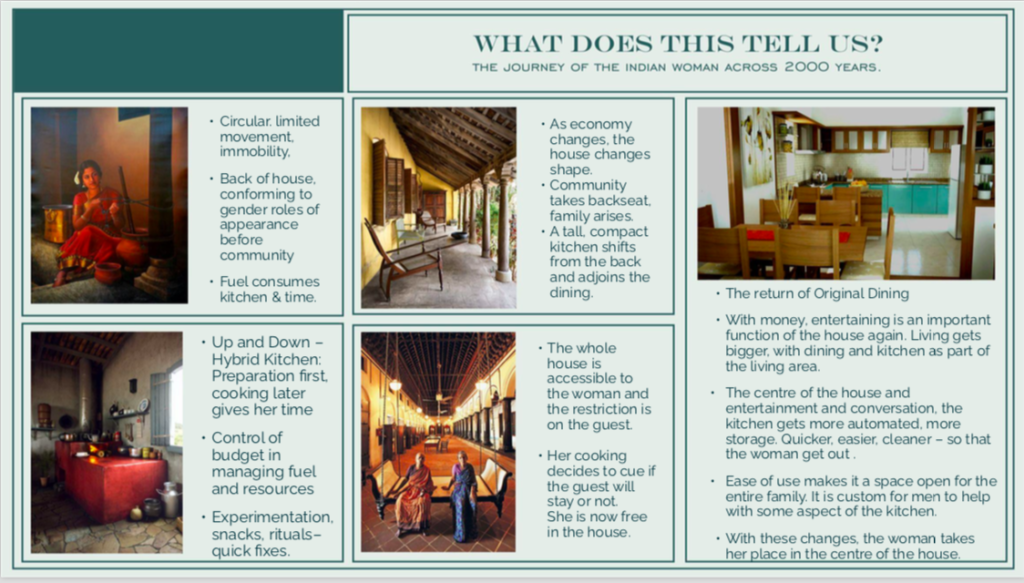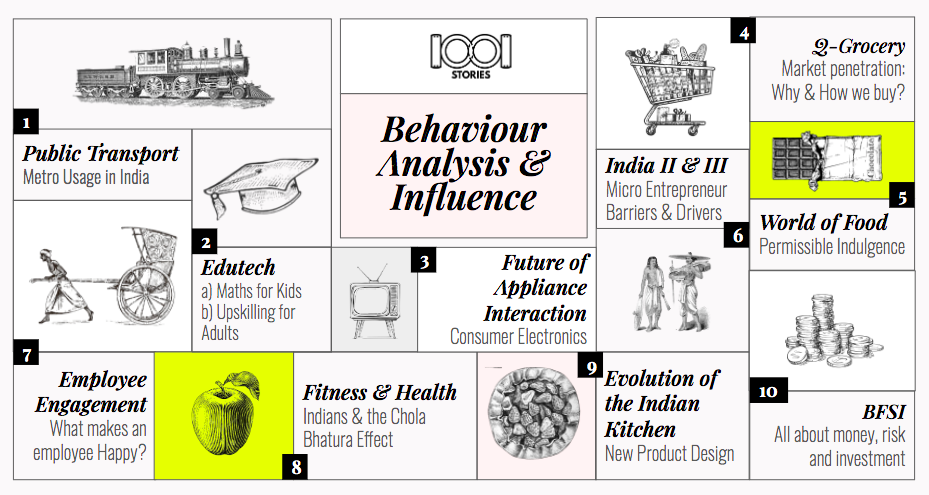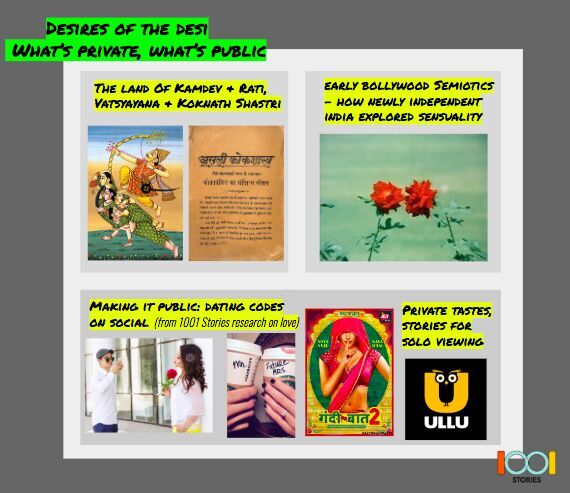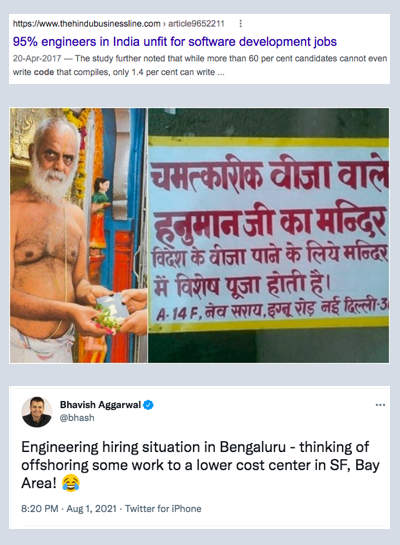Note: Please call (+91- 99867 11169), whatsapp us, drop us an email or book an appointment to request a copy of case studies relevant and specific to your business challenge.
The Beginnings
Applied Behavioural Science has been a rage for some time now in the USA and the UK. A lot of it can be attributed to the larger contextual ecosystems that exists in these nations. This means the connections between academia, consulting and businesses, the fact that Nobel prize in Economics went to Daniel Kahneman in 2002 and then to Richard Thaler in 2017, both of whose work brought focus on human behaviour. Also influencing this growth is the willingness of certain cultures to try out newer ideas faster than the competition if it can promise them leverage in business and help maintain the edge.
The good news is that post 2017, Behavioural Science has seen growth in many other parts of the world, including APAC, Africa and LatAm. Curiosity translates into willingness to try, pilot projects help break the status quo bias and eventually results help businesses realise – yes, Behavioural Science works.
1001 Stories was formed in 2017 and in the past few years, we’ve worked with interesting projects in the commercial, corporate world. Our team has worked with legacy Blue Chip businesses, unicorns, soonicorns and tinycorns across domains like e-Commerce, q-commerce, eduTech, BFSI, employee engagement, public transport, consumer electronics, home appliances, social entrepreneurship in rural India, healthcare & fitness, and more.
How does Behavioural Science for Business work?
Here is how a project involving Behavioural Science for Business at 1001 Stories looks like.
The Challenge:
1. Why do my consumers exhibit Behaviour A and how can I get them to try Behaviour B?
2. Time is of essence
3. The needle must move.
The Approach:
Use Behavioural Science, Context Architecture™ & Data Science to map Behavioural triggers & Contextual needs.
The Result:
1. In-depth report + workshop: User Behaviour and Consumer Insights
2. Business Solutions and Behavioural Interventions
The Challenge:
We understand that your business ask comes with the constraint of time as a limited resource. After all, this is not a thought experiment. This is business, with stakeholders waiting to take multiple strategic decisions based on what insights were decoded. Problems must be articulated well to allow for actionable solutions.
The Approach:
While cracking the approach, there are two steps that help us define the initial vantage point.
Step 1: Seek to understand the need of the Client:
What’s the raison d’etre of this project? Why do we need the user / consumer to adopt behaviour B?
Step 2: Define the context in which the user exists.
It is easy to say ‘Context Matters.’
The challenge is to define the relevant context and how one associates with it.
This is where Context Architecture™ comes into picture.
The Result: 1001 Stories is multidisciplinary consultancy.
This has helped us to create diverse set of solutions with our clients for their products, brands and people.
Product:
– Physical products (consumer electronics, home appliances, multipurpose agricultural machines)
– Digital products (new product development, behavioural audit & UX)
– Services (business processes & offerings)
Brand
– Marketing, Sales and Consumer Behaviour solutions, specific to a behavioural segment
– Brand Strategy & Insights based on behavioural consumer research
People
– What’s working, what’s not and how to fix it.
Testing of interventions and iterations are an important part of the evaluation process.
The tool box.
Mixed methodologies, with a strong focus on both primary as well as secondary research, is the preferred approach. The insights are uncovered using in-depth Interviews, focus group discussions, specially designed projective experiments, quantitative surveys, testing of hypothesis in experiments and data science techniques. Some of the projects demand co-creation and collaborative sessions to arrive at solutions. Our team relies on tried and tested methods like pre-mortem, playing the devil’s advocate and storytelling techniques to spark creativity and ideation during co-creation sessions.


The Behavioural Nature of Business Problems.
“Can your team help us make an entry in the FinTech space?” – an upcoming insurance startup.
“We have an issue with Driving Behaviour.” – a car rental company.
“Our financial product conversion ratio is not satisfactory.” – a leading bank.
“We’re ideating on a new product and we are curious about the behavioural aspect.” – an e-commerce player.
“Should we make an evaluation tool for the teacher or a learning app for the student?” – an EdTech startup
“How do we turn rural Indians into entrepreneurs?” – top accelerator & incubator for social startups
“We are at 3% market share. Our competition is at 97%. What do we do?” – an FMCG company.
We work together with our clients to turn each such problem statements into a sharply actionable brief with appropriate constraints and a deadline in place.



A few recent projects.
Here are some of the recent questions that we’ve found answers to and created interventions for.
- What behavioural barriers exist w.r.t using tech for fitness and how can these be mitigated?
- What’s the reality of ‘science student’ vs ‘arts/commerce’ archetypes that exist in the Indian collective memory?
- How can we design a product that actually encourages a child to learn maths?
- How to make a child actually look forward to the experience of learning?
- What makes the category of upskilling businesses tick?
- How can an EdTech brand stay relevant for a user post completion of course?
- Why does the Chennai consumer behave differently compared to rest of India? And how can behavioural interventions improve awareness and lead to conversion ratio?
- Why hasn’t the urban Indian warmed up to using the Metro?
- What defines happiness for an employee and is it possible to predict which team members are unhappy?
- How to improve the conversion ratio of enquiry to on-boarding for financial products of a leading Indian bank?
- How to increase the awareness and usage frequency of the grocery mart offering for a leading food delivery Unicorn?
- What behavioural and cultural barriers exists for the Brazilian, German and Chinese consumers to adopt futuristic gesture technology compared to an American?
- What exactly does permissible indulgence mean for the Brazilian vs the American vs the Indian?
Note: Details of the cases are available on request.
If you want to know more about how Behavioural Science and Context Architecture can help you create better Products, Brands and People, please call us (+91- 99867 11169), whatsapp, drop us an email or book an appointment to request a copy of case studies relevant and specific to your business challenge.



